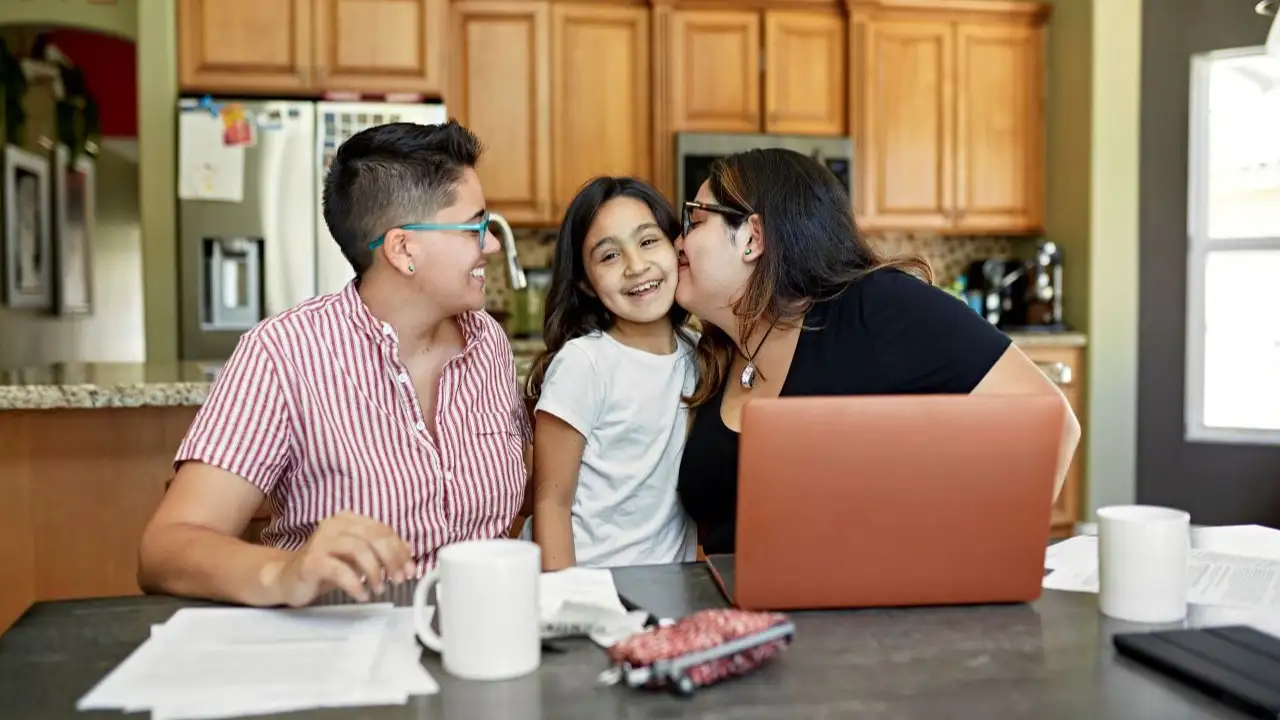
Money Tips & Education
What is a personal budget and how can it help you?
Nov 01, 2023
Written by
Reviewed by
Key takeaways:
A budget is a plan for how you spend your money each month.
Making a budget can help you control your money, instead of your money controlling you.
Budgeting apps can make tracking your expenses easier.
Do you ever feel like money is a big mystery? Sure, you know how to make it and spend it. But does building savings, or even building long-term wealth, feel out of reach?
Mastering your money means striking a satisfying balance between what goes in each month and what goes out so that you can get ahead. That's where a budget comes in. A budget isn't anything fancy—it's just your plan for how you'll spend your money.
What is a personal budget?
A personal budget is a plan for putting your money to work. You get to tell your money where to go and what to do. You might find a free budgeting app helpful as you get underway.
Budgeting basics
A budget tracks how your cash flows each month. On one side, you have the money that comes in. On the other, you have the money that goes out.
Here's a closer look at how the two sides of a budget work.
Income sources
Income in a budget is any money you receive. So what counts as income for budgeting?
Examples of income include:
Regular paychecks from a job
Bonuses or commissions
Money from part-time jobs or side hustles
Self-employment income if you run a business
Spousal or child support you receive
Government benefits
Investment income
Some income sources are regular, meaning you can predict when you'll get paid and how much. A 9-to-5 job that pays you every other Friday is an example of regular income.
Irregular income is money that doesn't always show up at the same time or in the same amount. If you drive for a meal delivery service in addition to your day job, for instance, you might earn an extra $300 one month and $500 the next.
The most important thing to know about budgeting income is that you want to use your take-home pay when you make your choices. This is the money that goes into your bank account after taxes and other deductions get taken out. This is also called your net pay.
Knowing how your income relates to your expenses will help you reach money goals. For instance, when you want a mortgage, the lender will look closely at your debt-to-income ratio (DTI) to make sure you can afford your payments. Your DTI is the percentage of your income that goes to debt payments.
Fixed vs. variable expenses
Expenses are the other part of a budget. These are your outgoing cash flows—everything you spend money on.
Fixed expenses are the same every month. Examples of fixed expenses include:
Rent or mortgage
Car loan
Subscription services
Internet and cell phone service
Installment loan payments
Variable expenses are expenses that can fluctuate from month to month:
Groceries
Gas and other transportation costs
Utilities
Dining out
Entertainment
Hobbies
Clothing
Travel
Don't confuse fixed and variable with needs and wants. Some fixed expenses are wants, like your streaming subscription. Some variable expenses are needs, like electricity or groceries.
Types of budgets
A great thing about budgeting is that there are different ways to do it—you can pick a budgeting method that works best for you. Here are some examples of budgeting systems you might try.
Envelope method. With the envelope budgeting method, you label an envelope for each expense. After you decide how much cash you want or need to spend on each expense, you put that amount into the corresponding envelope. Once you spend all the cash in the envelope, you can't spend any more money in that budgeting category until your new budget period begins.
50-30-20 budgeting. With the 50-30-20 budget rule, you divide your money into buckets. You put 50% of your income to needs, 30% to wants, and the remaining 20% to savings, which includes repaying debt. Having separate bank accounts can help you stay organized.
Zero-based budget. A zero-based budget means assigning every single dollar of income to an expense or financial goal.
Reverse budget. The reverse budget has you pay yourself first by putting money into savings from your paychecks before you spend anything at all. This budget system might be a good fit if you've struggled to set money aside before it's all spent.
You can combine elements of different budgeting approaches. For instance, a zero-based envelope system.
Even though they work differently, these budget methods have the same goal: to help you stay on top of where your money is going.
Read more: Tips and tricks to get rid of debt
Why is a budget so important?
A budget puts you in charge of your money. You don't have to feel broke all the time, wondering where your money goes, when you have a spending plan.
Budgeting can help you to set goals and establish financial priorities. For example, say you want to save $1,000 for an emergency fund in the next four months. That works out to setting aside $250 each month. You can tweak your spending and adjust your categories to make room for the fund. To accomplish your goal, you might lower your cell phone plan, cut your clothing budget, or cancel a gym membership that you haven't used lately.
Budgeting is a chance to change your attitudes and spending habits, and to prioritize the goals you care about most. Having a good plan makes you more aware of what you're spending and more mindful of the choices you make. And those are good things when you're trying to become more financially healthy.
What's next
We've covered what a budget is, and how having a budget can help you. Now it's time to put what you've learned into action.
Choose a budgeting method to try. When you're new to budgeting, it's helpful to experiment with different methods.
Choose manual or digital. Some people like to make a budget on paper to keep track of income and expenses. Others may prefer to use a spreadsheet program or manage money with a budgeting app. There's no right or wrong answer here. Just pick the option you're most comfortable with.
If you're leaning toward using a budgeting app, the Achieve MoLO app is one option you might consider. MoLO is a free financial management tool that connects your accounts and tracks your money. It's a simple way to ease into budgeting and feel more in control of your spending.
Give it time. Getting the hang of budgeting may be a big adjustment. Just keep trying. It'll get easier. Even if budgeting seems hard at first, the long-term rewards can be well worth it.
Written by
Rebecca is a senior contributing writer and debt expert. She's a Certified Educator in Personal Finance and a banking expert for Forbes Advisor. In addition to writing for online publications, Rebecca owns a personal finance website dedicated to teaching women how to take control of their money.
Reviewed by
James is a financial editor for Achieve. He has been an editor for The Ascent (The Motley Fool) and was the arts editor at The Valley Advocate newspaper in Western Massachusetts for many years. He holds an MFA from the University of Massachusetts Amherst and an MA from Hollins University. His book Krakatoa Picnic came out in 2017.
Frequently asked questions
What's the best way to budget with irregular income?
If you have irregular income, the best way to budget is to use a base method or an average method. With the base method, you budget only using the amount of irregular income you know you'll receive month to month. With the average method, you budget using the average amount of irregular income you receive per month.
What should I do if I consistently overshoot my budget?
If you consistently go over budget, it could mean that you're not estimating your expenses accurately or that you’re overspending. Reviewing your spending habits can give you a clue as to what the issue might be. From there, you can find ways to reduce your spending so that you're not exceeding your budget.
What are the most common budgeting mistakes people make?
The most common budgeting mistake is not making a budget at all. After that, the most common budgeting mistakes include underestimating expenses, forgetting to include all expenses, and not using a budgeting system that’s a good fit for you.
Related Articles
Some credit checks affect your score, but others don’t, even from the same lender. We’ll explain when and why credit checks can affect your credit.
Myth-busting: you don’t need to carry a credit card balance to have good credit! Learn how credit utilization affects credit scores.
The 50/30/20 rule is a way to budget that divides your earnings between needs, wants, and savings.
Some credit checks affect your score, but others don’t, even from the same lender. We’ll explain when and why credit checks can affect your credit.
Myth-busting: you don’t need to carry a credit card balance to have good credit! Learn how credit utilization affects credit scores.
The 50/30/20 rule is a way to budget that divides your earnings between needs, wants, and savings.


